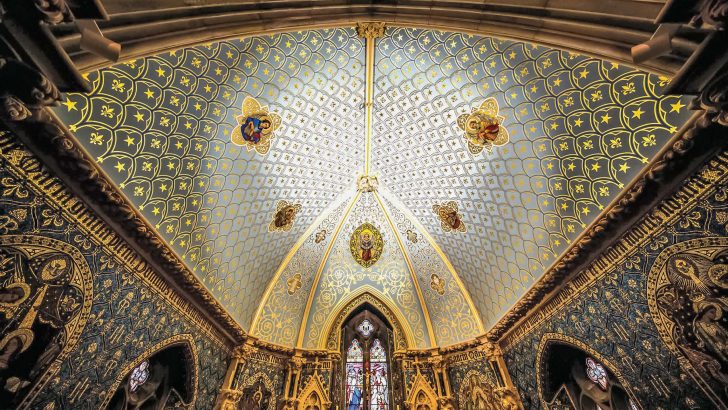Maynooth: A College across Four Centuries
edited by Salvador Ryan and John Paul Sheridan (Messenger Publications, €50.00/£40.00)
This compilation of Maynoothiana has been prepared to celebrate the 225th anniversary of its foundation with a backward look or two at earlier events. It is the kind of book which the many thousands of those associated with Ireland’s great seminary will want to read because of those associations. But this is a book which anyone interested in the making of the way we live today ought to read.
For some older readers the title will evoke a once famous book, Fr Neil Kevin’s I Remember Maynooth (1945), a memoir of the author’s time there (which incidentally includes a very remarkable true ghost story, with the true flavour of M.R. James).
Seminary
But Maynooth is nowadays much more than a seminary. It has grown into a university of standing. The compilers of this book, though interested in trying to give an impression of those hundreds of years of tradition in which many thousands of priests for Ireland and for the missions were trained, also note the very name of the place became associated in the mind of the popular press with the teaching and authority of the Church in Ireland. They want to show what it really was in its multifaceted way.
Fr John Paul Sheridan is, among other things, lecturer in religious education and catechesis at Maynooth. Salvador Ryan is professor of ecclesiastical history. But they are only the compilers and editors. The real authors are the 100 contributors. They provide very varied and very personal views, which open out the impressions which many may have of this once closed off place in the last 80 years or so, since Neil Kevin put pen to paper. There are stories of ghosts here too, but they are more akin to the friendly household spirits of antiquity.
This is a large, handsome book, written with enthusiasm and vitality. It is filled too with fine illustrations, but the final impact is a of a chorus of voices telling the story of the place through its affect on themselves. Yet it seems also to delve into every corner of the buildings.
Changing
It presents a picture of aspects of a changing Ireland and changing Church, both modernising in response to the altered circumstances in which the Irish people found themselves.
Maynooth as a seminary is certainly a ghost of its old self. The astonishingly rapid decline of vocations was sudden and clearly unexpected. But looking back, it seems to me, not surprising.
The priest was seen in the hundred years from the 1860s as a respected profession, akin in high social respect to a doctor, solicitor, bank manager, or accountant. The priesthood was a profession to which a son or two of the prosperous urban middle-class, the rural merchants and ‘strong farmers’ could put their sons.
The decline was often put to the effects of Vatican II. But religion had little to do with the matter, I think. After World War II in the United States there was an astonishing expansion of university provision. This was soon followed in Britain and Europe, and inevitably in Ireland. Suddenly the possibility of all kinds of new professions (not academic alone) became possible. What had been, let us say the old commerce course in University College Dublin, had now morphed into the possibility of a PhD in Economics, with a possibility of study in Chicago.
The parents of Ireland chose the path to prosperity. I find here a very similar sentiment being expressed by Fr Peter Connolly – the man famous in the popular mind as having a good word to say for the early novels of Edna O’Brien.
“The Irish people are not sentimental. See how quickly they abandoned the Gaelic language in the 19th Century when they saw it as no longer of practical use. Religion will go in the next generation: and when it goes, it will go so fast that nobody will even know it is happening.”
Sharply
That was in 1980. And was sharply to the point, though what he predicted had already begun, two decades before, heralded perhaps on that fateful New Year’s Eve in 1961 when television arrived.
Yet what this ever fascinating book reveals is just how intellectual, social and culturally active Maynooth was. The old college now in a developing form was still playing a significant role in the emergence and development of the Irish mind.
We remember Maynooth is a wonderful compendium, and makes for richly rewarding reading. Readers of today will greatly enjoy it, but the historians of tomorrow will turn to it to seek materials about the development of modern Ireland since the end of World War II, and even earlier. It may seem an expensive treat, but it will be a richly rewarding one, for it is full of information and insights, and rich in humane sentiments.


 Peter Costello
Peter Costello The glorious ceiling of the Lady Chapel at Maynooth. Photo: Paula T Nolan
The glorious ceiling of the Lady Chapel at Maynooth. Photo: Paula T Nolan 